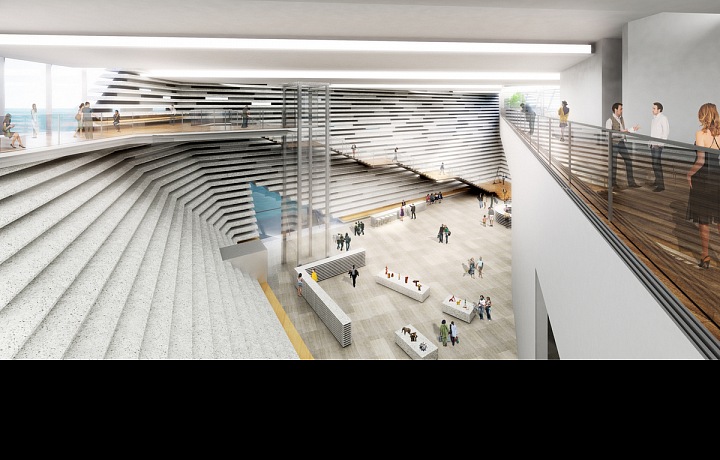The new V&A Museum of Design in Scotland will open this September!
Scotland is the source of inspiration for art, design and luxury
Scotland is a nation of designers and innovators. An example can be the design of a waterproof fabric by Charles Macintosh, or the pioneering work of biologist, sociologist, and pioneer of Urbanism, Patrick Geddes, who is responsible for improving urban living conditions and creating modern urbanism. The new Victoria & Albert Museum of Design is a luxurious masterpiece of architecture, thanks to its new, innovative layout that makes the building seem as though it blends in with the surrounding area.
This design jewel is located in the middle of the city. Its rebuilding cost $ 100 million, which is double the original estimate, but the outcome is definitely worth it. The city has taken on its task and mission of enriching people's lives through design brilliantly. It is a place of discovery, learning and inspiration.
"Our ambition reaches far beyond our remarkable construction. The new museum is a catalyst, a place of association that brings together people and diverse organizations in a new creative way, manifested by our five founders: the Dundee City Council, the University of Dundee, the University of Abertay, the Scottish Society and V&A." Victoria & Albert Museum of Design
Permanent expositions in galleries will display around 300 exhibits, from architecture to fashion, healthcare, furniture, engineering and video game design. The exhibited luxury items will come from world-renowned collections of art and design, museums, private collections of Scottish and world-class designers. Entry to these permanent galleries will be free of charge.
The first unique luxury exhibition – Ocean Liner
The opening of the museum itself will commence with the luxurious generous exhibition Ocean Liner: Speed and Style. The exhibition will include ocean liners that have never been seen before in Europe. The first ocean vessels were built in the middle of the 19th Century. Technological innovations, such as the steam engine and the steel hull, made it possible to build larger and faster lines. After the end of World War II, due to the large development of transport by remote aircraft, the use of ocean liners decreased. Today, only one transatlantic line – RMS Queen Mary 2 – is in operation.
We cannot wait.





















